Since the pandemic, these places have been joined by trendy bars and restaurants that seat only a handful of people. With their advent, Tiao Tong’s reputation as Taipei’s red light district has faded somewhat.
Tiao Tong’s boundaries are hazy; Japanese visitors regard the part that extends into neighbouring Zhongzheng district as the safer, less sleazy end of Little Tokyo, according to Brady Chu, chief concierge at the Sheraton Zhongshan Hotel for the past 11 years.
Although it encompasses Linsen North Road and parts of Zhongshan North Road, Tiao Tong does not quite reach the Regent Taipei, the first luxury hotel of international standing to open in Taiwan, in 1990.
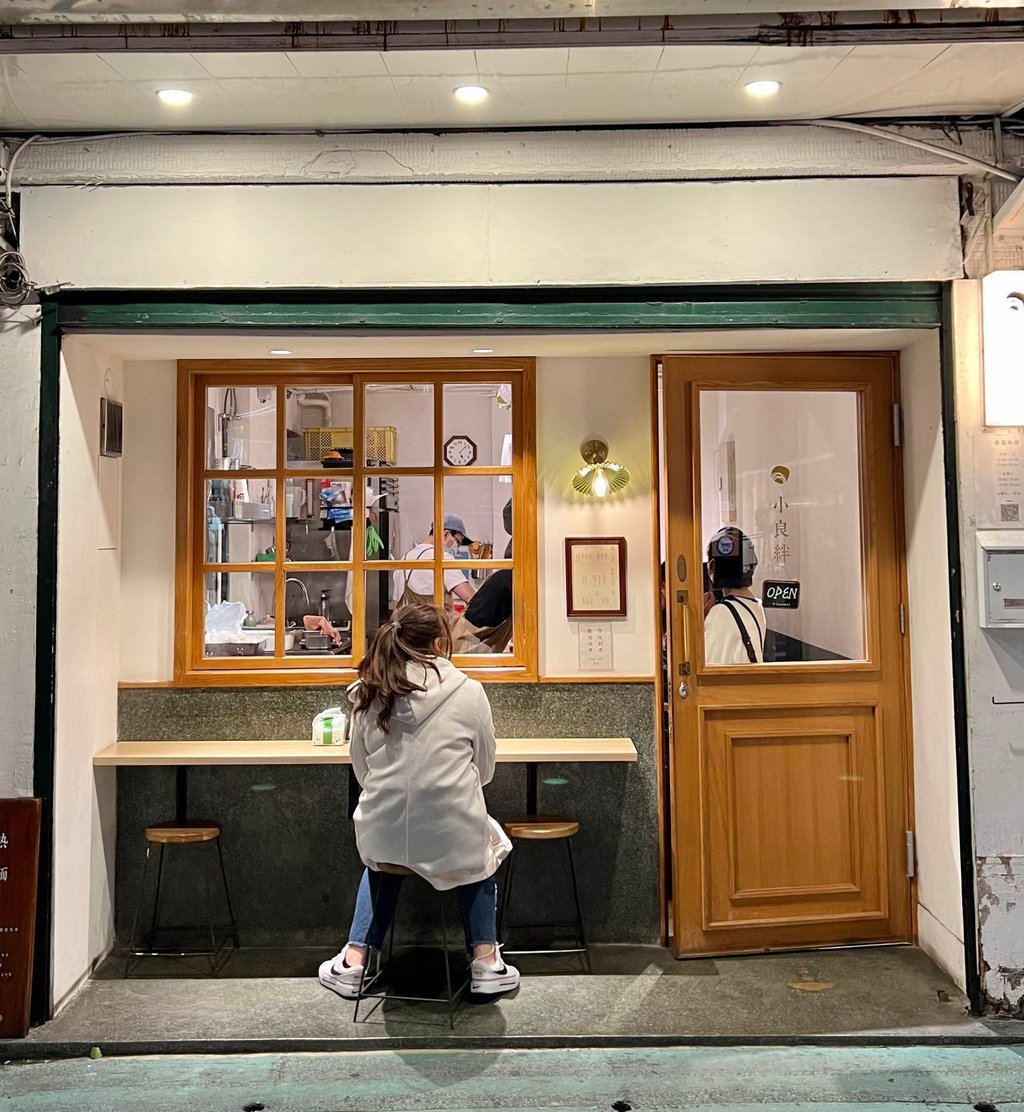
The hotel is an incubator of restaurants with ambitions to Michelin stars – something which began in late 2018 when the casual fine-dining restaurant Impromptu received a Michelin star within eight months of opening in the Regent.
After this, other restaurants started leasing space in the hotel – among them Coast, which specialises in Western seafood with Asian touches and opened in late 2020.
In early 2022, Little Tree Food – a vegetarian restaurant chain whose branch in the Taipei suburb of Da’an has a Michelin green star for its sustainability – opened the Curious Bar and Restaurant at the Regent Taipei.
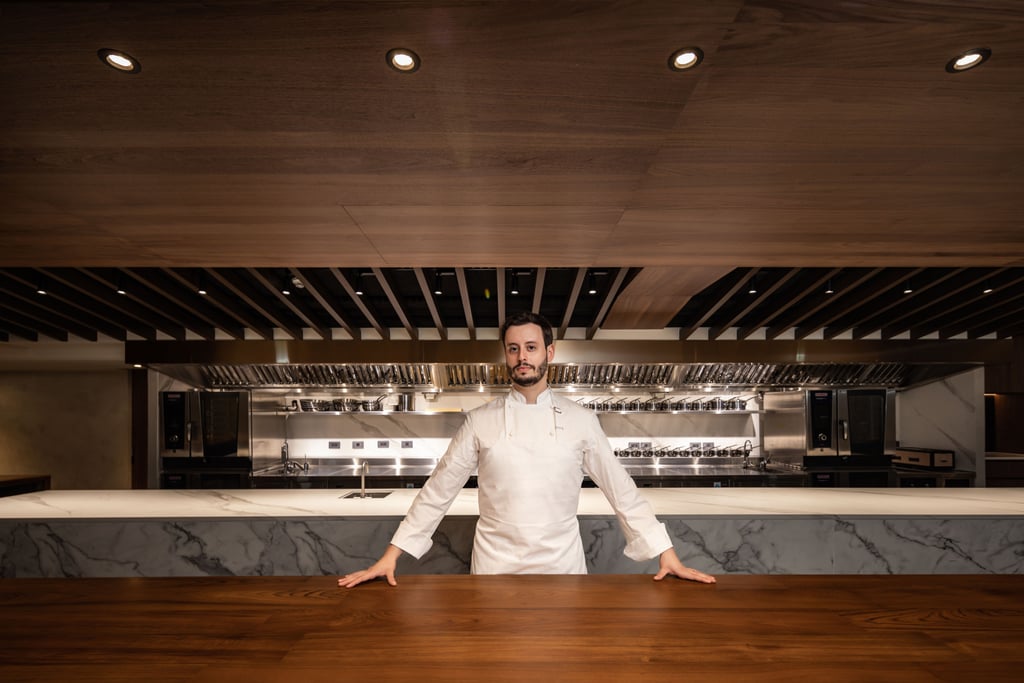
At 9pm on a recent visit, the bar is mostly empty save for the chirpy staff, and I enjoy my Fine Cucumber drink with its combination of pandan-infused gin, elderflower, lemongrass and fresh cucumber juice.
Just outside the Regent Taipei is Japanese fine-dining restaurant Ad Astra, which received a Michelin star less than 10 months after opening.
Its French-trained head chef Kevin Rose, born in Philadelphia, was drawn to Taiwan by the quality of its produce. The American and his team present a tasting menu executed according to Japanese culinary strictures and with mostly Taiwanese ingredients – some of them fermented Nordic style.
A fixture on his omakase menu is a sea urchin waffle – bafun uni covered with an onion white sauce and scorched ham.
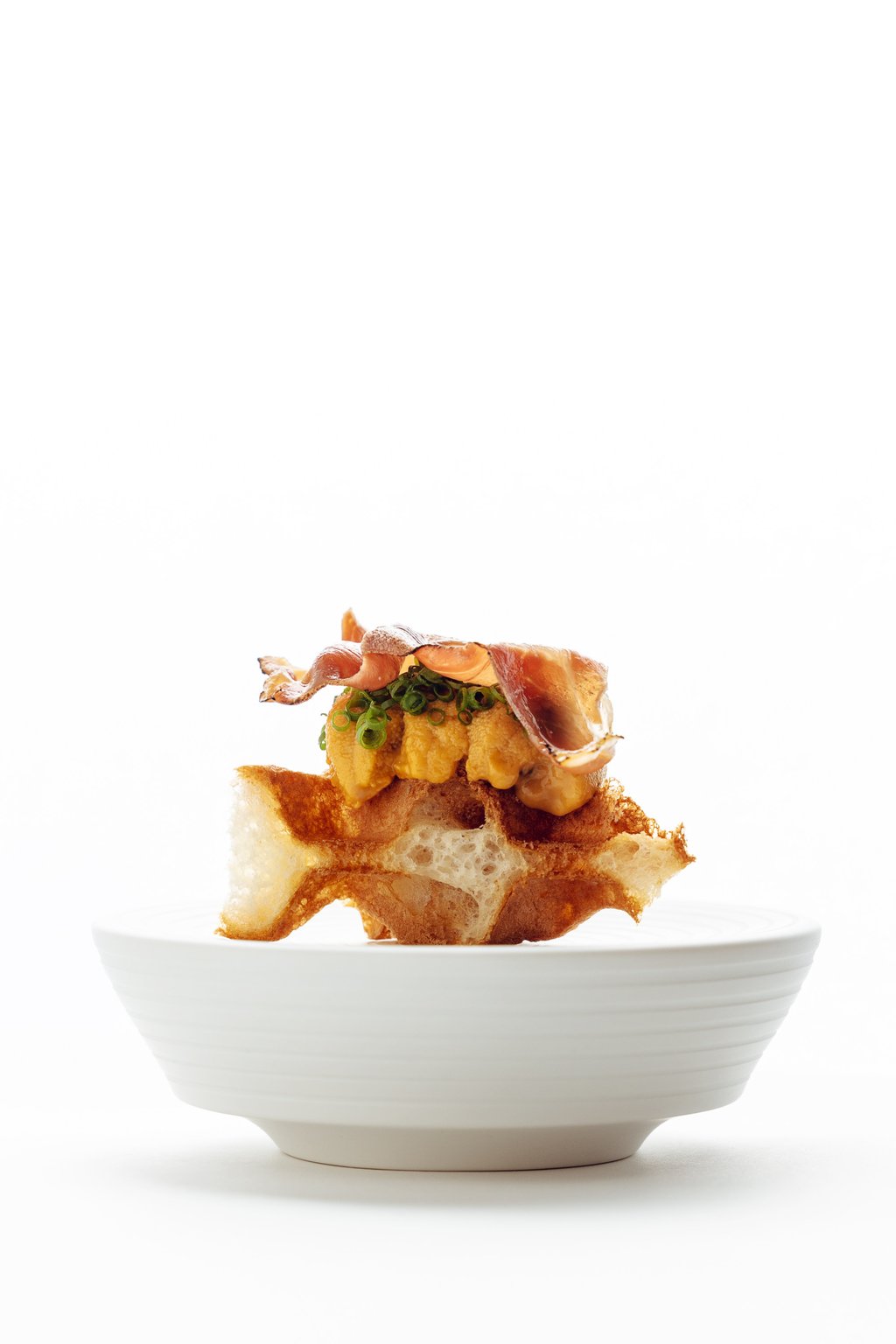
Particularly memorable is the kamemeshi course, a comforting mess of rice, marinated and fermented vegetables and herbs, stirred through with confit egg yolk.
The two Spanish chefs who head its kitchen have developed a seafood-heavy menu. Even though most of the seafood on the menu comes from Taiwanese waters, it only takes a single bite of lobster to transport me to Spain’s Basque country.
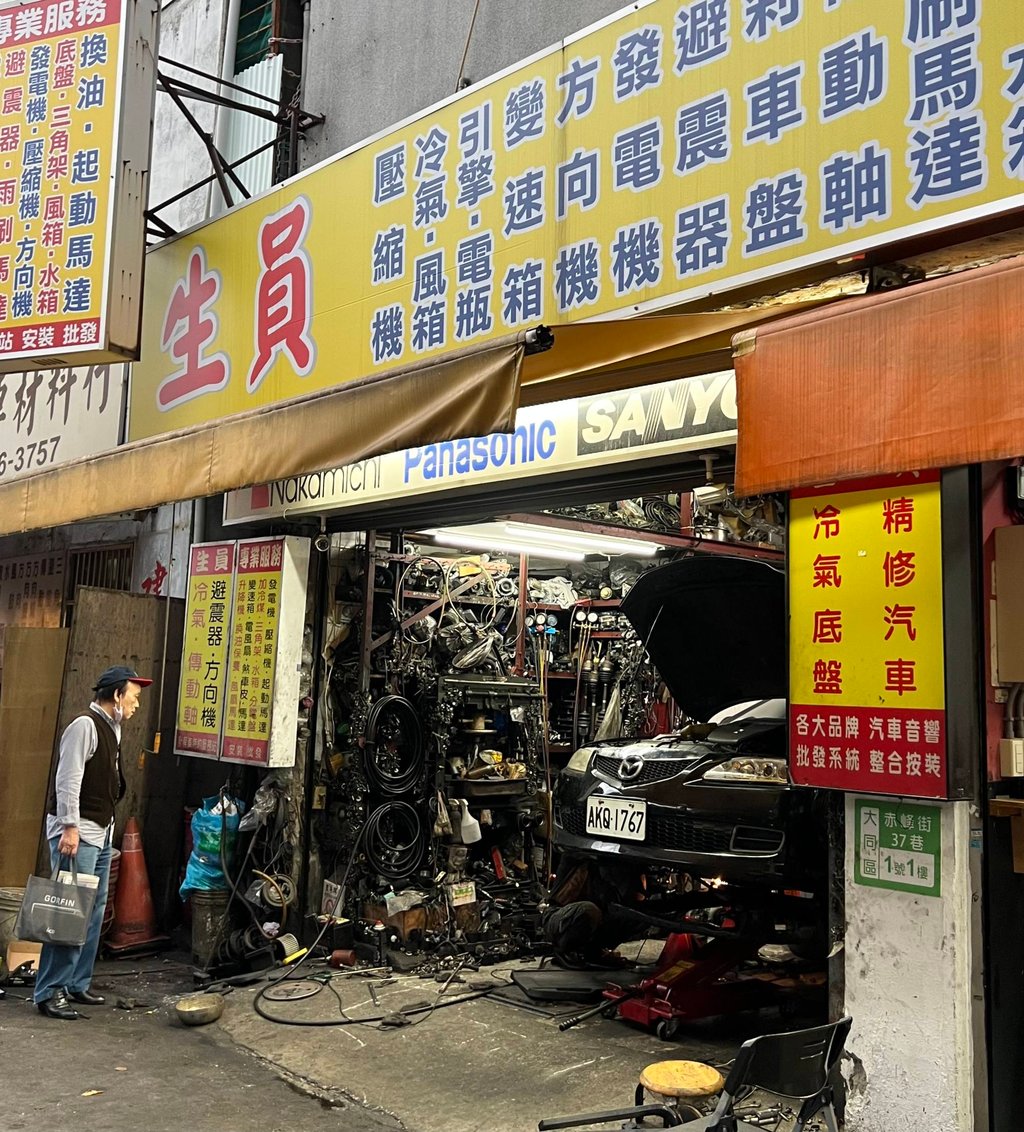
The following day, I take a 10-minute walk west to Chifeng Street, which stretches from Zhongshan to Datong district (locals, however, consider Chifeng a part of Zhongshan).
Once a hub for car repair workshops and hardware shops, Chifeng Street is one of the city’s hippest shopping destinations. Its gentrification began in 2018 with the opening of Eslite Spectrum Nanxi. The store is linked to an entire corridor of bookstores in the underground Zhongshan Metro Mall.
Chifeng has an eclectic mix of businesses. Galerie Bistro, for example, is a generations-old cafe housed in a colonial building with a Baroque-inspired facade.
Seeing my mobile phone in my hand as I approach, a staff member tells me, “No photos”. Seconds later, a pair of teenagers appear at the entrance and proceed to pose for photos. They skulk away after they are told off.

Two minutes’ walk away is Par Store, a multi-label basement shop that specialises in limited-run Taiwanese and Japanese T-shirts from indie design studios, tote bags and Japanese manga.
I seek refuge from the crowds in Weight Books, at the eastern end of Chifeng Street; opened in 2022 by a designer duo, the store’s interior is artistic. The vast majority of the books are about graphic design and typography, while the rest are about photography, architecture and art.
A two-year-old Russian Blue cat by the name of Ben Ben sleeps near the cashier.
If the books do not sound appealing, the snacks and drinks might – the brioche toast at the store’s cafe is made by celebrity baker Chen Yao-hsun and is pillowy and delicious.
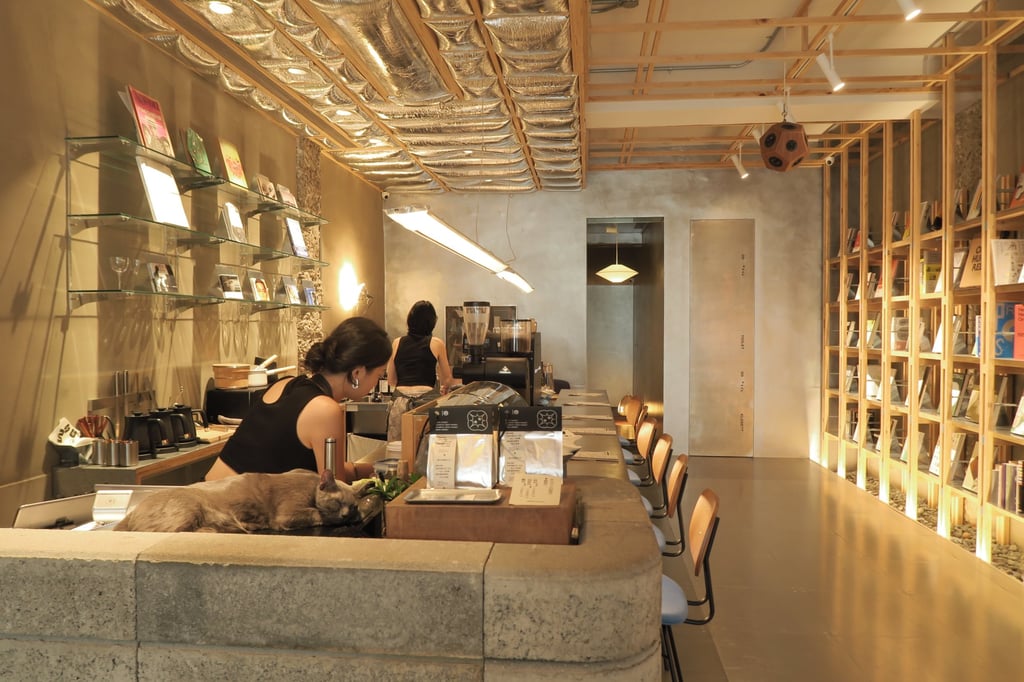
The latest up-and-coming subdistrict of Zhongshan is Dazhi, to the north of the Keelung River. This area, too, has history – it is where Taiwan’s first luxury hotel, the Grand Hotel Taipei, was built.
Commissioned by Chiang Kai-shek, leader of China’s Kuomintang, or Nationalist party, to host foreign dignitaries, its roofs and red pillars in Chinese vernacular style stand out against the green hills that border Taipei to the north.
However, it is eastern Dazhi – with its wide roads and well-spaced buildings – where the action is and where young, affluent Taiwanese are moving.
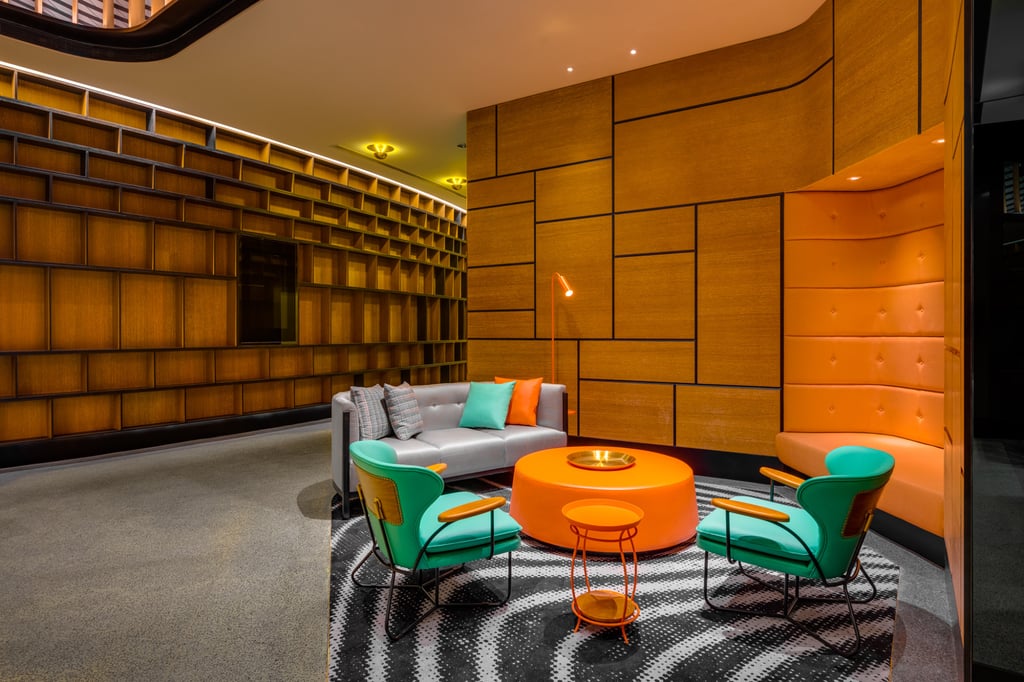
Hotel Indigo Taipei North opened on Zhifu Road, Dazhi, in 2020. The international chain’s Taipei outpost has lively interiors and a cool vibe that make it a magnet for city dwellers wishing to celebrate special occasions.
A stone’s throw away is Lequn Third Road. Nicknamed “Michelin Stretch”, this is the address of Raw, which has two Michelin stars, and three-Michelin-star Tairroir.
The street’s Noke Mall, which opened in 2023, is packed with crowds, drawn to restaurant La Vie by Thomas Buhner, popular Japanese coffee shop Onibus, and the mall’s revolving art exhibitions.

